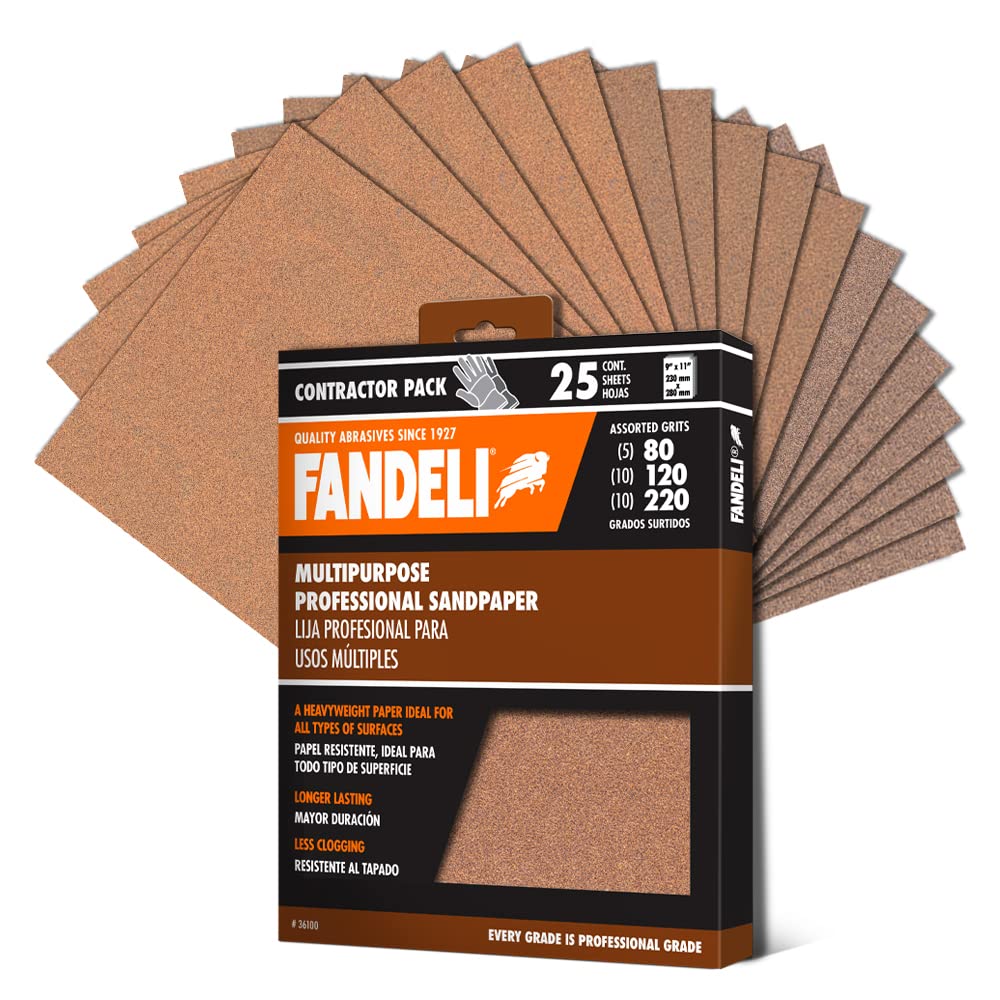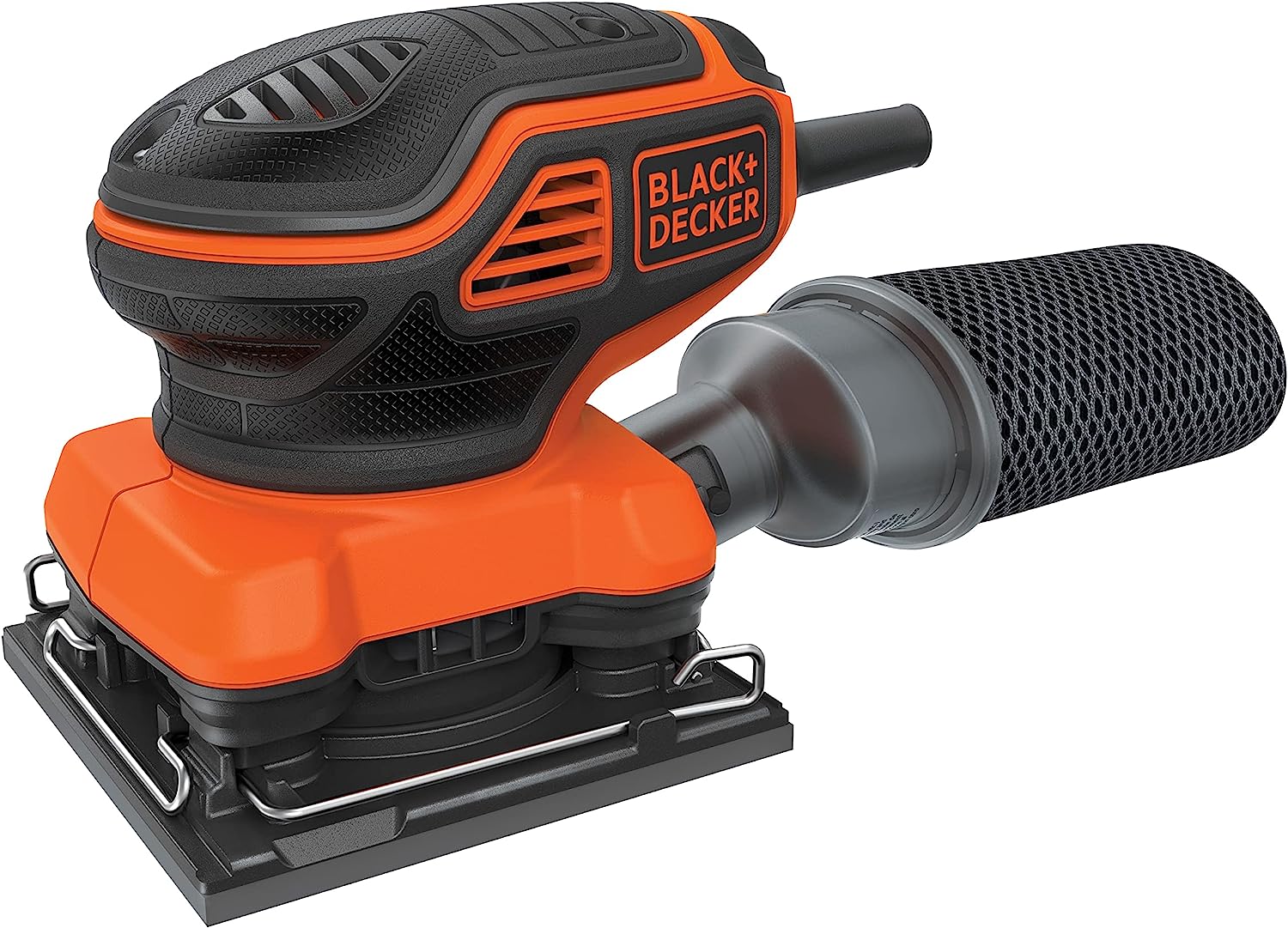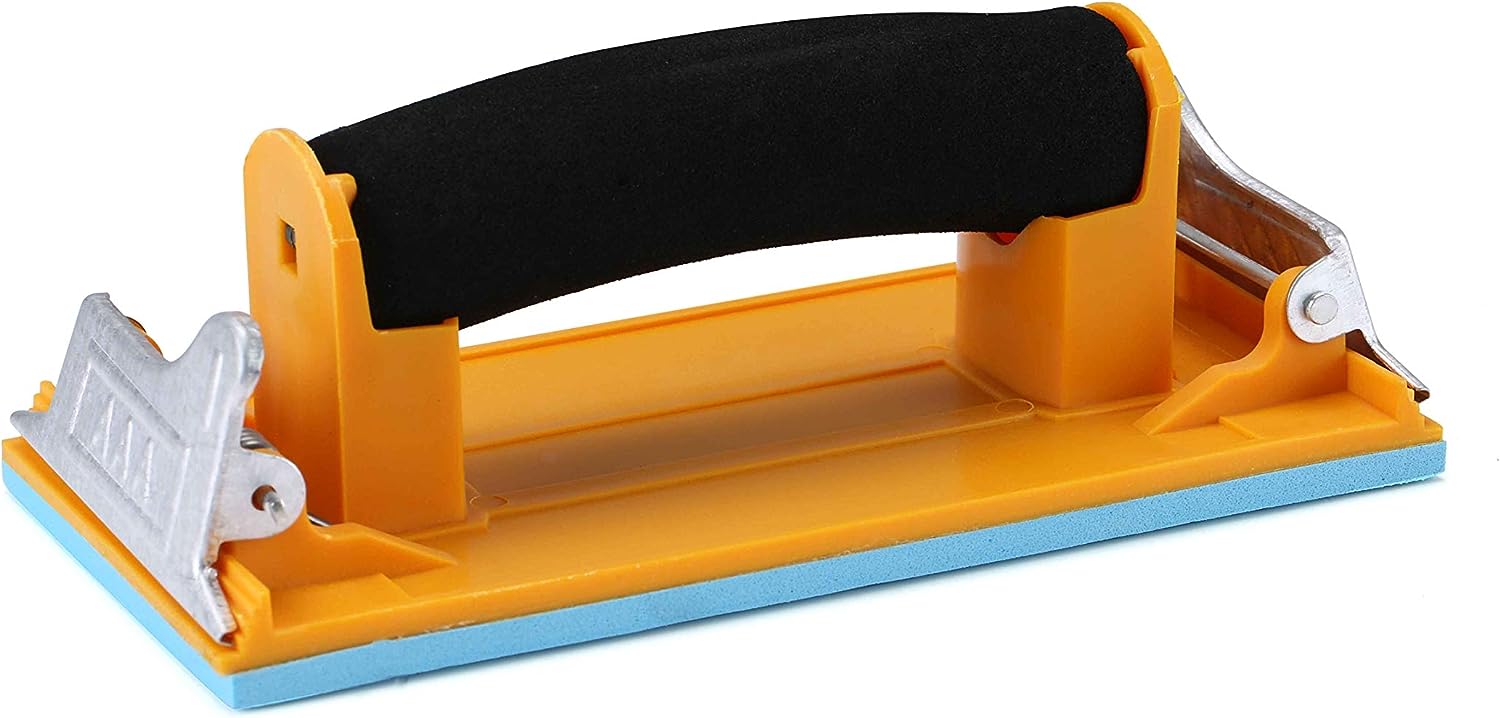Expert Advice: Best Sandpaper Types for Various Wood Surfaces
When it comes to woodworking, achieving a smooth and polished finish is essential. One of the most important tools in achieving this is sandpaper. Sandpaper, also known as abrasive paper, is a versatile tool that can be used to smooth, shape, and finish various wood surfaces. However, not all sandpapers are created equal, and choosing the right type for the job is crucial. In this article, we will explore the best sandpaper types for different wood surfaces, providing you with expert advice and valuable insights.
Understanding Sandpaper Grit
Before diving into the different types of sandpaper, it is important to understand the concept of grit. Grit refers to the size of the abrasive particles on the sandpaper. The higher the grit number, the finer the particles and the smoother the finish. Conversely, lower grit numbers indicate coarser particles, which are ideal for rough sanding and removing material quickly.
Here are some common grit ranges and their recommended uses:
- Coarse Grit (40-60): Ideal for heavy material removal, such as shaping and leveling rough wood surfaces.
- Medium Grit (80-120): Suitable for general sanding and smoothing of wood surfaces.
- Fine Grit (150-180): Used for final sanding before applying finishes or for sanding between coats of paint or varnish.
- Extra Fine Grit (220+): Perfect for achieving a smooth and polished finish on wood surfaces.
The Best Sandpaper for Wood

Fandeli Multi-Purpose Sanding Paper

BLACK+DECKER 2.0 Amp Electric 1/4 Sheet Orbit Sander

Aouker HS85180 Hand Sander
Types of Sandpaper
Silicon Carbide Sandpaper
Silicon carbide sandpaper is a popular choice for woodworking due to its versatility and durability. It is available in various grits and can be used for both wet and dry sanding. Silicon carbide sandpaper is particularly effective for sanding hard and brittle materials, such as hardwoods and metals. Its sharp abrasive particles provide excellent cutting action, making it ideal for removing old finishes, smoothing rough surfaces, and shaping wood.
Aluminum Oxide Sandpaper
Aluminum oxide sandpaper is another commonly used sandpaper type in woodworking. It is known for its durability and long-lasting performance. Aluminum oxide sandpaper is available in a wide range of grits and is suitable for both hand sanding and power sanding. It is particularly effective for sanding softwoods, such as pine and cedar, as well as for preparing surfaces for painting or staining.
Garnet Sandpaper
Garnet sandpaper is a natural abrasive that is often used for fine sanding and finishing applications. It is available in various grits and is known for its excellent cutting action and smooth finish. Garnet sandpaper is commonly used for sanding bare wood, as it does not clog easily and provides a consistent scratch pattern. It is also a popular choice for sanding between coats of paint or varnish.
Wet Dry Sandpaper
Wet dry sandpaper, as the name suggests, can be used for both wet and dry sanding applications. It is typically made with silicon carbide or aluminum oxide abrasives and is available in various grits. Wet dry sandpaper is particularly useful for sanding finishes, as it can be used with water or a lubricant to prevent clogging and achieve a smoother finish. It is also commonly used for automotive sanding and metal sanding.
Other Sandpaper Types
In addition to the aforementioned sandpaper types, there are several other options available for specific woodworking needs:
- Sandpaper Sheets: Ideal for hand sanding and can be easily cut into smaller pieces for detailed work.
- Sanding Blocks: Provide a firm and even sanding surface, making them perfect for flat or curved surfaces.
- Sandpaper Roll: Allows for custom sizing and is suitable for sanding large areas or irregular shapes.
- Sandpaper Discs: Designed for use with power sanders, such as random orbit sanders or disc sanders.
- Sandpaper Sponge: Combines the flexibility of a sponge with the abrasive properties of sandpaper, making it ideal for contoured surfaces.
Choosing the Right Sandpaper for Wood Surfaces
When selecting sandpaper for wood surfaces, it is important to consider the type of wood, the desired finish, and the specific sanding task at hand. Here are some general guidelines to help you choose the right sandpaper:
- For rough sanding or material removal, start with a coarse grit sandpaper (40-60) and gradually work your way up to finer grits.
- For general sanding and smoothing, medium grit sandpaper (80-120) is usually sufficient.
- For final sanding before applying finishes, use a fine grit sandpaper (150-180) to achieve a smooth surface.
- If you are sanding between coats of paint or varnish, an extra fine grit sandpaper (220+) will help you achieve a flawless finish.
- Consider the hardness of the wood. Softer woods, such as pine, may require a finer grit sandpaper to avoid excessive scratching.
- For delicate or contoured surfaces, sandpaper sponges or sanding blocks are often the best choice.
Conclusion
Choosing the right sandpaper is crucial for achieving a smooth and polished finish on wood surfaces. By understanding the different types of sandpaper and their recommended uses, you can make informed decisions and achieve the best results. Whether you are shaping rough wood, preparing surfaces for painting, or finishing a fine piece of furniture, selecting the appropriate sandpaper and grit will ensure that your woodworking projects are a success. Remember to consider the type of wood, the desired finish, and the specific sanding task at hand when choosing sandpaper. With the right tools and techniques, you can transform raw wood into a beautiful masterpiece.



















